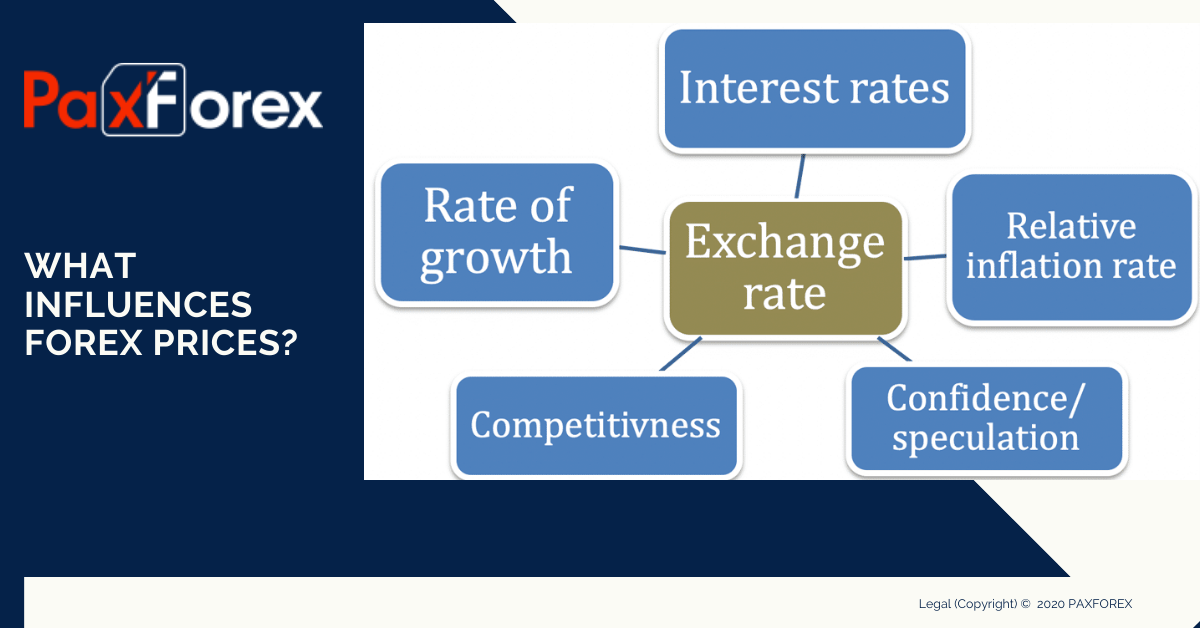
Forex, which is an acronym for Foreign Exchange, is a market in which investors exchange one currency for another. The security that is traded within the forex market is referred to as a currency pair. The forex market trade globally, 24 hours a day, five days a week, and are influenced by a number of factors which include the demand for a currency, changes in currency positions, interest rates, economic and political conditions like war, embargos, diplomatic meetings, inflation, political and economic stability or instability.
These factors might not have a permanent effect on the exchange rates of currencies but they might cause down swings or up swings accordingly to what kind of reaction they blow out to the general public and the investing community. This might seem tricky but in reality is what makes the forex market a spontaneous market as reactions are quick and they change constantly therefore allowing traders to engage in quick and effective trades based on the flow of information and the flow of news around the globe.
The rise and fall of exchange rates may be attributed both to actual monetary flows and anticipated adjustments in these flows. These are likewise influenced by fluctuations in GDP (gross domestic product) growth, inflation, interest rates, budget and trade deficits and surpluses, and other factors. Success in forex trading therefore is based on perception and the ability to read between the news lines.
Markets don't like unexpected news and because currency markets are very 'liquid' (shortages of a currency are very rare), exchange rates are prone to move quickly in response to surprises. Currencies are also traded as speculative investments in their own right, and expert brokers trade them according to how they think the market will move. But these trades in themselves will of course, affect exchange rates.
In summary, currencies are seen as being impacted by either technical factors or fundamental factors. Forex traders must have a solid grasp of both fundamental and technical factors in order to effectively forecast both short term and long term currency trends. One must grasp basic economics and basic monetary policy in both the countries involved in the exchange.







